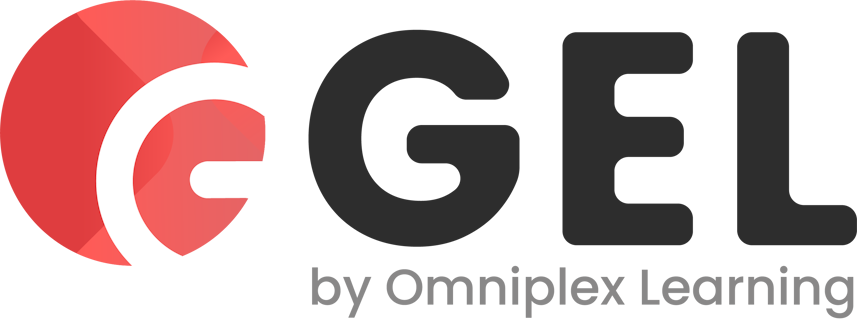What are the Other Standards?
There are many different best practices, frameworks, and standards related to IT management such as ITIL, COBIT, PMBOK, PRINCE2, ISO/IEC 20000, ASL, BISL, to mention a few.
While these best practices and frameworks have placed emphasis on process, the IT4IT standard is processagnostic, focusing on how the IT function can be automated and supported by the right information (or data) to do the work. In addition, the IT4IT Reference Architecture provides the bigger picture of how IT services should be managed, throughout the entire lifecycle, by looking holistically at the entire IT Value Chain.
Positioning ITIL and the Other Standards Against IT4IT
ITIL and COBIT are the most commonly used processoriented best practice frameworks for IT management. Both describe a broad range of processes and activities to be performed by the IT function throughout the service lifecycle.
However, ITIL does not cover all processes and activities within the IT function, such as Enterprise Architecture, Project Management, IT Governance, Risk Management, or Service Development. Domain-specific practices such as the TOGAF methodology for Enterprise Architecture, PMBOK or PRINCE2 for Project Management, and CMMI and SCRUM for Service Development can be used to complete the process model.

In addition, there are numerous other standards and practices required to support specific controls, such as related to security management (ISO/IEC 27000 series) or risk management. These different practices and standards are typically defined at a high level, defining the requirements and activities to be performed within the IT organization.
However, before they can be used in day-to-day practice they require a significant effort of design and detailing, often resulting in reinventing the wheel by each individual organization. As a result, the IT organization is challenged to create an overarching IT management model bringing it all together supported by an integrated IT management system.
The Typical Challenges With the Existing Standards
Typical challenges with these existing standards and best practices:
- Lacking full coverage of the entire service lifecycle; typically, multiple standards and practices need to be combined to provide a full management model. Standards are not “aligned”; each using their own terminology and data models.
- Lacking standard information (or data) models to enable data integration between IT management tools to increase transparency and improve decision-making.
- Focus on individual processes and activities but not defining consistent end-to-end workflows to deliver value to the business.
- No overarching model to melt the different best practices, frameworks, and standards into actual solutions that can be used to support day-to-day activities.
- Not prescriptive enough to guide how activities should be performed to enable automation and interoperability between IT management tools and service providers.
Click here to download the full white paper for free!
The full white paper includes:
- How IT4IT Fills the Gaps
- How IT4IT Should be Used in Combination With ITIL and Other Practices
- ITIL and the IT4IT Standard
- Summarizing the Relationship




